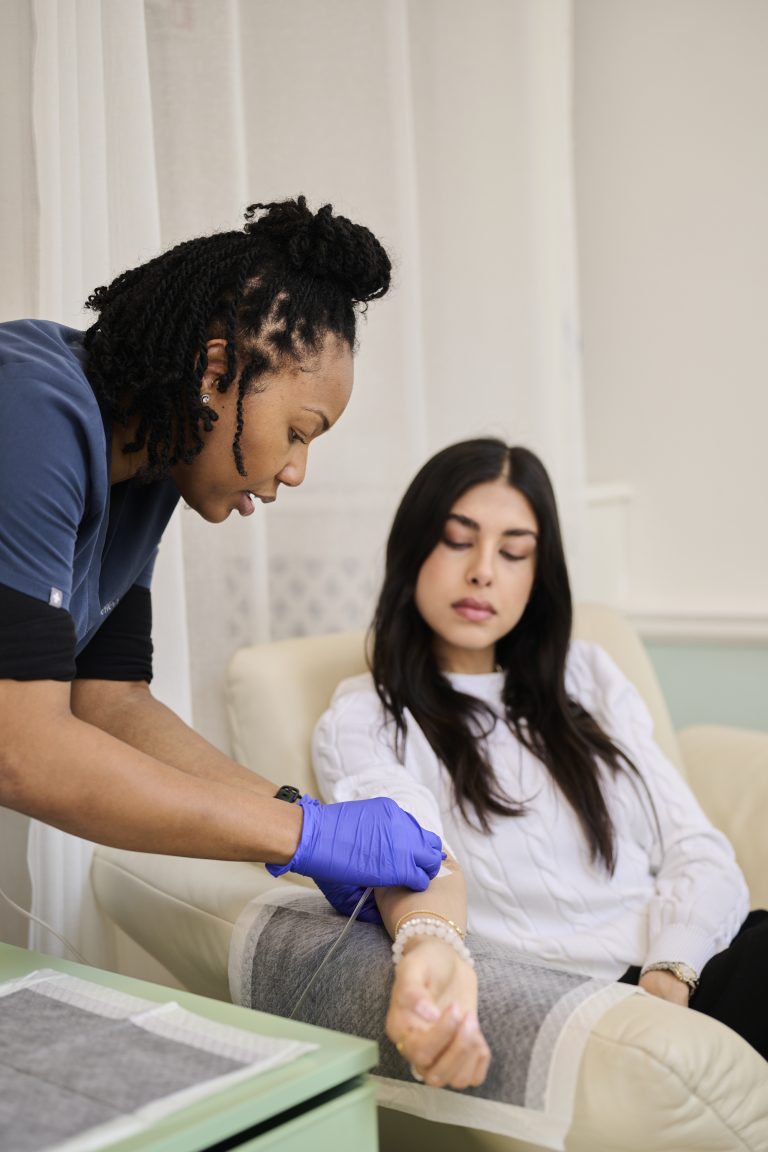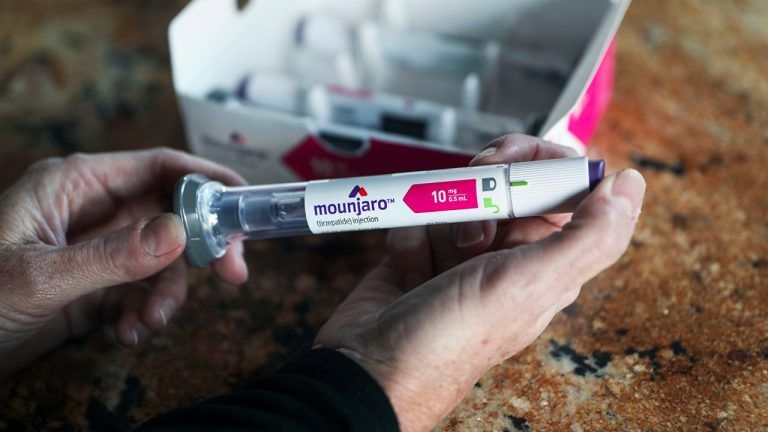Four signs of iron deficiency you might see in your skin
It’s not always easy to spot that something is wrong with your health. You may miss your symptoms entirely, or convince yourself that it’s just signs of stress or tiredness from everyday life.
Sometimes that is the case, and a chance to rest and recuperate can make all the difference. However, these little niggling health issues can be the sign of something bigger that needs to be checked out by a qualified professional.
Iron deficiency is one of the conditions that has seemingly ‘smaller’ symptoms, but all of these add up to indicate that something isn’t quite right. It affects 3% of men and 10% of women in the UK, as well as 30% of people worldwide, so it’s good to be aware of any symptoms that might benefit from a professional opinion.
In this post, we share four skin signs that you should be aware of.
Being very pale
Fair skin is common in the UK, where many people’s Celtic heritage means they’re naturally pale. However, if you notice that your skin looks paler than usual, has little colour or you’re noticing it in conjunction with other symptoms, it may be to do with iron deficiency.
Having yellow-tinged skin
Another skin symptom is a yellow-ish tinge to your skin – rather than a golden glow, you’ll look sallow and unwell. Importantly, this should be a yellow hue rather than truly yellow, with the latter being a more obvious sign of jaundice. Like paleness, this is because there is decreased amounts of oxygen circulating around your body.
Dry and damaged skin
When your body isn’t getting enough oxygen, it can’t properly retain moisture. This can lead to dry skin across your body, but also dry hair and brittle nails, as your body reserves the moisture for the most vital organs. In extreme cases, it can lead to hair loss.
Dark circles
Most commonly associated with a bad night’s sleep, persistent dark circles, especially when you’re sleeping well, can be a sign of iron deficiency. The skin underneath your eyes is very thin, meaning that it’s easily damaged. The low oxygen levels that are present in people with iron deficiency can result in overproduction of melanin – the pigment that gives colour to your skin. As a result, the skin darkens.
What are the other symptoms of iron deficiency?
As well as the skin symptoms we’ve discussed, you may notice:
● Tiredness
● Low energy
● Low mood
● Hair thinning
● Hair loss
● Restless legs
● Palpitations
● Shortness of breath
What should you do if you think you have iron deficiency?
If you’re showing signs of iron deficiency, then your first port of call should be to contact your Doctor, who will be able to discuss your symptoms. If they think you have iron deficiency, they may order a full blood count test, you must ask them too, to order an iron panel with a CRP, ferritin, TIBC and iron level – left untreated, iron deficiency can lead to anemia.
Holistically, your diet can help maintain your iron levels. You can eat more meat, dark-green leafy vegetables, eat bread and cereals that are iron fortified, or increase your intake of pulses like beans and lentils. Getting enough sunlight can also help with iron deficiency, as it promotes the production of Vitamin D – just make sure to wear sunscreen to avoid causing damage rather than doing good.


